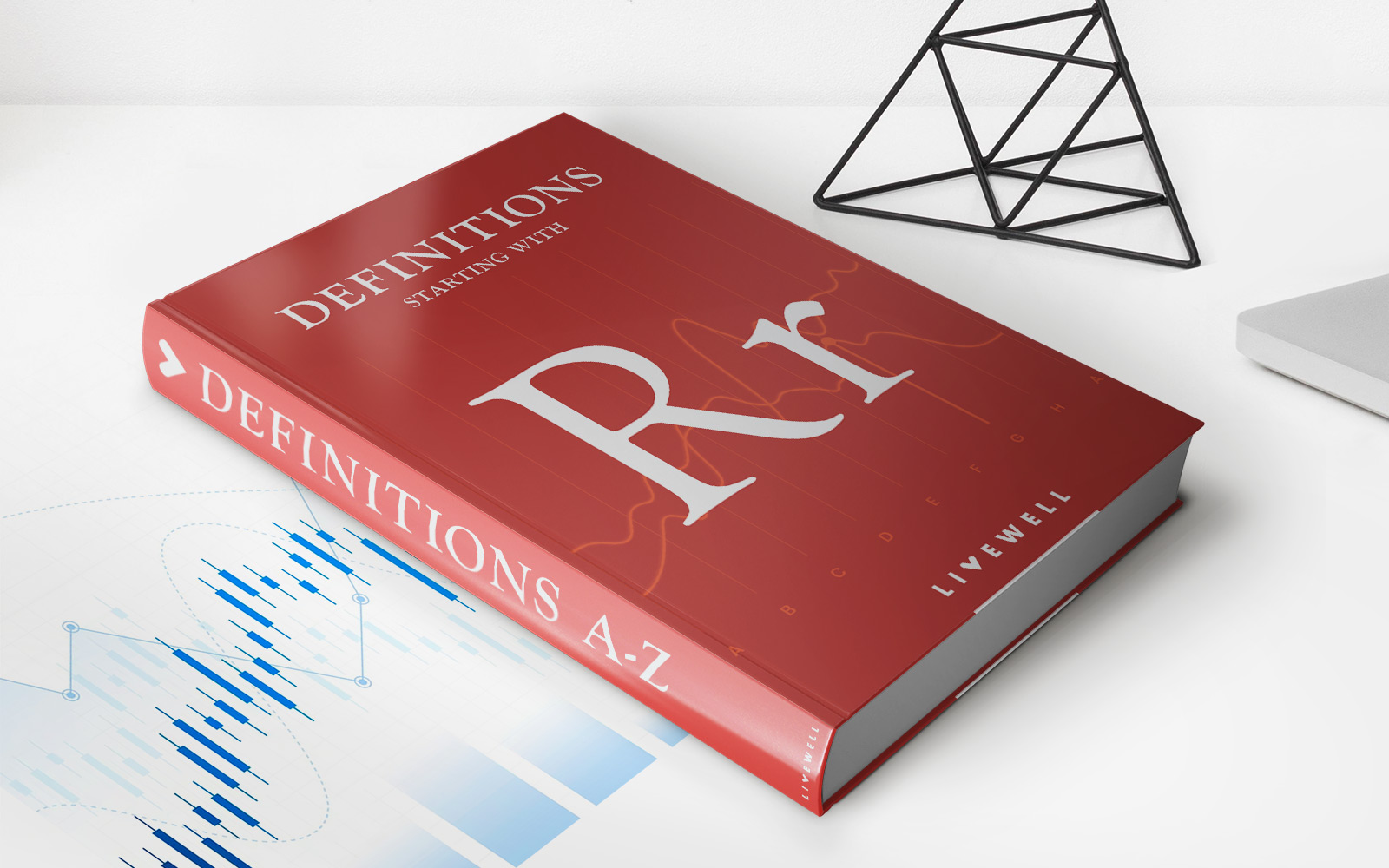

Finance
Mutual Exclusion Doctrine Definition
Published: December 28, 2023
Learn the financial concept of mutual exclusion doctrine and its implications in the world of finance. Understand how it affects various financial transactions and decision-making.
(Many of the links in this article redirect to a specific reviewed product. Your purchase of these products through affiliate links helps to generate commission for LiveWell, at no extra cost. Learn more)
Mutual Exclusion Doctrine Definition: Understanding Its Importance in Finance
“What is the Mutual Exclusion Doctrine, and why is it crucial in the field of finance?”
These questions often arise when delving into the intricate world of finance. To shed light on this essential concept, let’s explore the Mutual Exclusion Doctrine, its definition, and why it is crucial within the finance industry.
Key Takeaways:
- The Mutual Exclusion Doctrine is a legal principle that aims to protect investors by preventing a person or entity from acting as both an investment adviser and a broker.
- This doctrine ensures that investors are safeguarded against potential conflicts of interest
Defining the Mutual Exclusion Doctrine
The Mutual Exclusion Doctrine is a legal principle that specifically pertains to the financial industry. It serves as a mechanism to protect investors by preventing individuals, entities, or firms from serving dual roles as both investment advisers and brokers. This doctrine ensures that professionals in finance act in the best interest of the investor and mitigate potential conflicts of interest.
A conflict of interest can arise when a financial professional acts as both an investment adviser, giving advice on investment decisions, and a broker, executing trades on behalf of the investor. By separating these roles, the Mutual Exclusion Doctrine prevents any undue influence that may arise from these conflicting positions.
It is important to note that the Mutual Exclusion Doctrine is rooted in the Securities Exchange Act of 1934. This act empowers the Securities and Exchange Commission (SEC) to regulate and enforce rules governing the securities markets, including the separation of advisory and brokerage functions.
The Significance of the Mutual Exclusion Doctrine in Finance
The Mutual Exclusion Doctrine plays an instrumental role in maintaining the integrity and transparency of the financial industry. By requiring professionals to separate their investment advisory and brokerage activities, it reduces the potential for conflicts of interest that may compromise the investor’s best interests.
Here are two key takeaways to understand the importance of the Mutual Exclusion Doctrine:
- Protection of Investor Interests: The Mutual Exclusion Doctrine ensures that investors receive unbiased advice from investment advisers who prioritize their best interests. By separating advisory and brokerage functions, the doctrine helps to prevent professionals from engaging in self-serving actions that could harm the investor.
- Regulation and Accountability: Through the Mutual Exclusion Doctrine, the financial industry is regulated and held accountable for maintaining transparency and acting ethically. By preventing dual roles, investors are protected, ultimately bolstering confidence in the financial markets.
In conclusion, the Mutual Exclusion Doctrine serves as a fundamental pillar in the field of finance. By separating the roles of investment advisers and brokers, it aims to protect investors, ensure impartial advice, and maintain the integrity of the financial industry. Understanding this doctrine is vital for both professionals in the field and investors to navigate the complex world of finance with confidence and trust.














